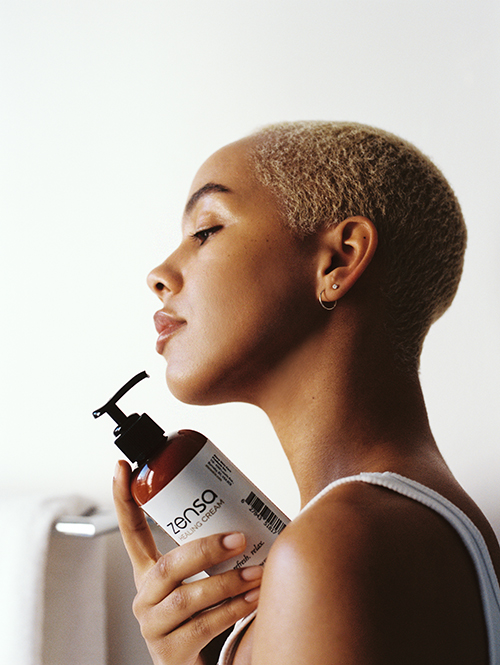Face Mapping: What the Location of Your Acne Says About Your Skin Health
Face Mapping: What the Location of Your Acne Says About Your Skin Health
Figuring out the cause of your acne can be a tricky business. Did you use a product that didn't agree with your skin, or are hormones at play? Is the sudden bump in blemishes stress-related, or are they a result of last night's dietary choices? According to ancient Ayurvedic and Chinese medicine practices, face mapping can help you get one step closer to the answer. "Face mapping can be a helpful tool in identifying potential triggers for acne in certain areas of the face," says board-certified dermatologist Dr. Aplana Mohta. The technique has existed for centuries, with experts in the field continuing to use it as a guiding practice for helping patients catch some relief from their breakouts. Face mapping is rooted in the belief that the location of the acne is indicative of inner health, with each area of the face linked to different organs in the body. This means that while you may be tempted to layer on every blemish cream, pimple patch, and acne-busting serum you own, taking a deep dive into your underlying health concerns may be more helpful.
Expert Tip: Zensa Healing Cream is formulated to treat and prevent common side effects of acne including irritation, dryness and potential scarring. It relies on medical-grade, all-natural ingredients like calendula and grapefruit oil (to promote healing) as well as shea butter and cucumber extract (for their moisturizing, skin-calming benefits).
Read on to discover everything you need to know about face mapping for acne, including what the location of your breakouts may indicate about your health.
What is Face Mapping?
"Facial mapping is a method used to identify patterns of acne lesions on the face, which can aid in determining the underlying causes and selecting appropriate treatments," says Dr. Mohta. "The practice has been used for thousands of years in Traditional Chinese Medicine (TCM) and Ayurveda, a traditional Indian system of medicine." The core idea behind face mapping is that your breakouts communicate something about your overall health. These clues can be especially helpful if you're experiencing acne that consistently develops in the same area — for instance, on your chin as a result of hormonal shifts. Though it's not a proven science, proponents of face mapping for acne believe that breakouts "signify potential diet and lifestyle issues or imbalances in the body's organs," notes Dr. Mohta.
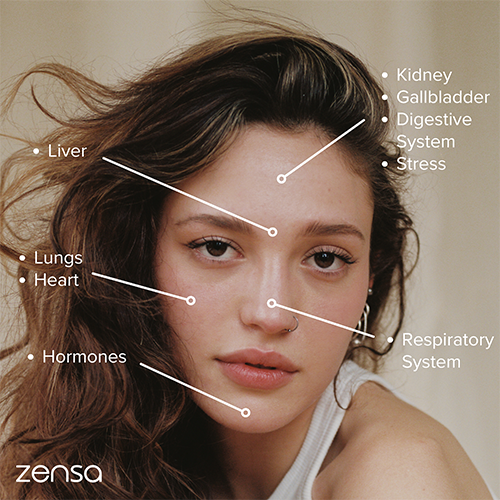
How to Read Your Acne
On The Forehead
Noticing a few unfriendly visitors above your eyebrows? This could signal issues with your kidney, gallbladder or digestive system. A diet high in oils and fat can contribute to oily skin (which this area is already prone to), and can clog pores, leading to breakouts. In addition to cleaning up your diet, you should also re-consider your hair care products, as breakouts in this area can be a result of seborrheic dermatitis caused by hair care products containing ingredients like oils, dimethicone and silicone, says Dr. Mohta. Finally, those with bangs are more susceptible to forehead acne, as are those who wear hats or caps regularly — these make it more likely for dirt, oil and sweat to become trapped into the skin, clog pores, and form a breakout. Try cleansing your hair regularly with a lightweight shampoo, and make sure to launder your hats to ensure they're not harboring sweat and oils, which can exacerbate breakouts.
Acne on the forehead can also be due to stress. Dr. Mohta explains that these types of stress-related breakouts present as small, red bumps or pustules (both of which are types of inflammatory acne caused by inflammation of the hair follicles and surrounding skin). To combat stress, try incorporating breathwork or meditation into your daily routine.
In Between The Eyebrows
In Chinese face mapping, breakouts in-between the eyebrows can be linked to the body's main detoxification organ, the liver. Dr. Mohta points to unhealthy lifestyle practices, such as excessive drinking or smoking, as potential causes for acne in this area. If you're experiencing between-the-brows acne, avoid hard-to-digest foods, such as those high in sugar and unhealthy fats, and try making lifestyle changes that limit smoking and alcohol consumption.
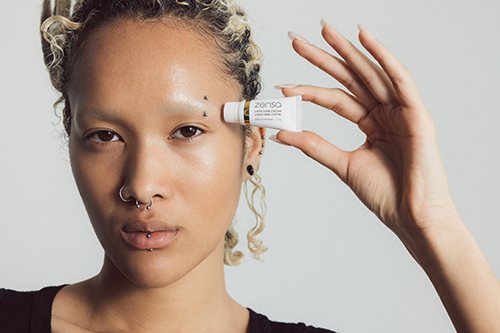
On The Nose
Similar to the forehead, the nose is prone to oil production due to the excess of oil glands in this area. It's also the most prominent part of the face, meaning it's more susceptible to the pore-clogging effects of pollution. Dr. Mohta notes that acne on the nose can be related to the lungs and heart, and that you may notice non-inflammatory lesions like blackheads and whiteheads (both of which are caused by blockages of the hair follicles) in this area.
Keep your nose clean by washing your face regularly, avoiding touching your face and making use of topical treatments like retinoids. Also, consider that acne on the nose tends to scar more easily than other parts of the face, says Dr. Mohta, so try to avoid popping your pimples and remember to rigorously apply SPF to avoid a parting gift.
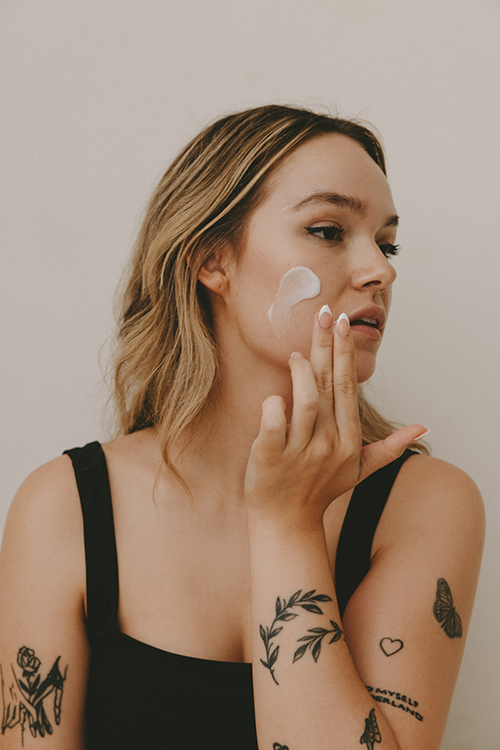
On The Cheek
Acne on the cheek suggests your respiratory system may be to blame. If you live in a heavily polluted city, consider sleeping with an air purifier in your room. Dr. Mohta also notes that items that come into close contact with your cheek, such as your cell phone, pillowcase and your hands, throughout the day can be the cause of cheek acne. Avoid acne-causing habits like touching your face, and sanitize your cell phone with a microfiber cloth and alcohol to nix bacteria.
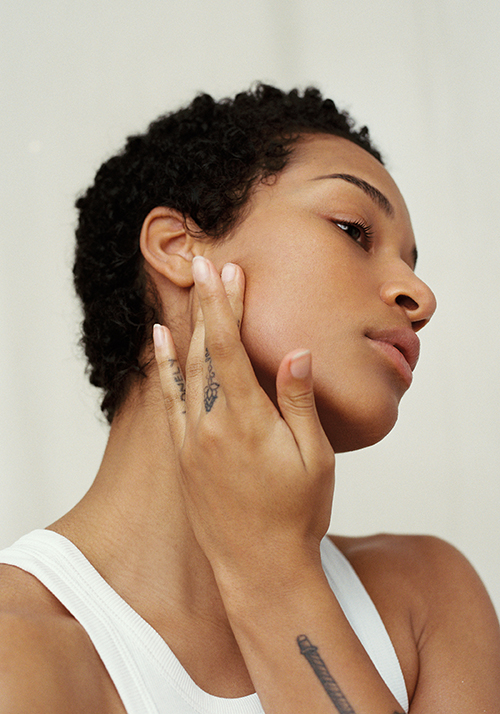
On The Chin
Unsurprisingly, chin acne is linked to hormones, typically popping up during periods of hormonal change including menstruation and menopause. Unfortunately, hormonal acne on the chin can present as deep, cystic acne, says Dr. Mohta, and can often be painful. Treating hormonal acne depends on its severity — if you find it to be unbearable, it may be worth it to pay a visit to your dermatologist and/or gynecologist. To manage the pain until your next appointment, use Zensa Lidocaine Cream on the affected areas.
Conclusion
While it's not foolproof, face mapping is a helpful technique that can help acne sufferers decipher how and why they're breaking out. With this information, those experiencing pimples are better able to put together an effective treatment plan.
